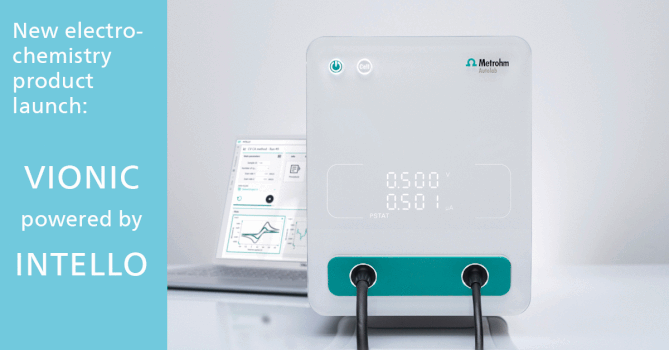Red and Purple Potatoes - A Significant Antioxidant Source in Human Nutrition
Abstract
Potatoes are a significant antioxidant source in human nutrition. The main potato antioxidants are polyphenols, L-ascorbic acid, carotenoids, tocopherols, -lipoic acid, and selenium. Major phenolic constituents in potatoes are amino acid L-tyrosine, and polyphenolic antioxidants scopolin and caffeic, chlorogenic, cryptochlorogenic and ferulic acids. Red and purple potatoes contain anthocyanins acylated with hydroxycinnamic acids (such as ferulic and caffeic acid). Pigmented potatoes show a higher antioxidant potential than white-flesh potatoes. Red potato tubers contain glycosides of pelargonidin and peonidin, purple potatoes glycosides of malvidin and petunidin. New red- and purple-flesh potato varieties are introduced due to their higher antioxidant contents and their use in food and non-food industry. Anthocyanins of potatoes are also useful in protection against potato blight. The most important topics studied are breeding of new varieties and cultivars with high anthocyanin contents, effects of fertilisation and cultivation region, storage and technology of processing, and stability of products.Downloads
Published
2005-08-15
How to Cite
Lachman, J., Hamouz, K., & Orsák, M. (2005). Red and Purple Potatoes - A Significant Antioxidant Source in Human Nutrition. Chemické Listy, 99(7). Retrieved from http://w-ww.chemicke-listy.cz/ojs3/index.php/chemicke-listy/article/view/2031
Issue
Section
Articles




